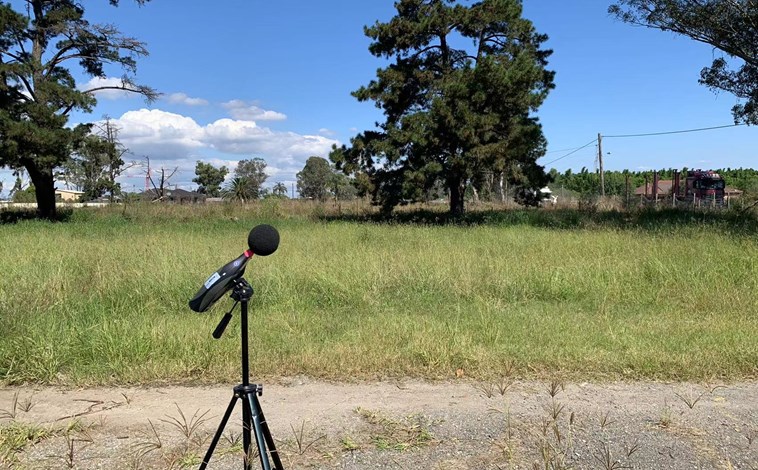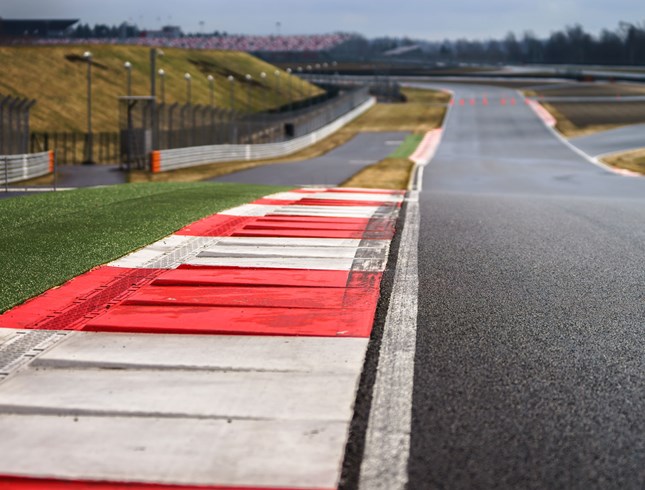
The NSW EPA (Environment Protection Authority) has published a new document named Approved methods for the measurement and analysis of environmental noise in NSW (Approved Methods), which serves as an official guideline for environmental noise measurements and analysis methods.
The document sets out minimum requirements and good practice methods for the measurement of environmental noise, and is intended to supplement the advice in other EPA Guidelines and standards. For most practitioners a lot of what is contained in the document will align with what you already do, but there are a few things worth highlighting.
We have summarized the 7 key items included in the Approved Methods:
1. Scope
The Approved Methods is for environmental noise only, but some parts may supplement vibration measurement standards and guidelines.
It must be followed for noise measurements with a statutory purpose, including licensees and other persons regulated by the EPA. If another authority (e.g., Department of Planning and Environment) references the document, that authority is responsible for explaining how the document should be applied (and not the EPA).
The scope explicitly excludes noise from shooting ranges (regulated by Noise Control Regulation 2017 Schedule 2), rail locomotives (regulated by AS 2377:2002), and wind turbine generators (regulated by DPE Wind Energy Noise Assessment Bulletin).
2. Competent person
The Approved Methods requires that the measurements and analyses must be conducted by a competent person, who must satisfy one or more of the following:
- Meeting the requirements for member of the Australian Acoustical Society (MAAS) (but not required to be a MAAS);
- Working as an acoustic consultant in a consultancy firm that is member of the Association of Australasian Acoustical Consultants (AAAC);
- Having a recognised tertiary qualification in a discipline pertinent to acoustics;
- Able to demonstrate competence through professional experience and/or technical expertise to the satisfaction of the EPA.
3. Noise descriptors
The Approved Methods list 4 noise descriptors that must be recorded when it is not specified in license, consent, or condition relevant to the purpose of the measurement:
- LAeq,T - equivalent A-weighted continuous sound level
- LAFmax,T - maximum A-weighted sound pressure level
- LAF90,T - A-weighted sound pressure level that is exceeded for 90% of the measurement time
- LAF10,T - A-weighted sound pressure level that is exceeded for 10% of the measurement time
Note 1: All measurements should use a time interval of 15 minutes and a ‘fast’ (F) time weighting (unless otherwise specified).
Note 2: All values are to be rounded to the nearest integer (unless otherwise specified).
It is notable that LAmax and LA10 are included as required to be measured, as most current policy references LA90 and LAeq.
4. Contemporaneous notes
The Approved Methods requires that the person conducting the measurements must take contemporaneous notes that are detailed and clear enough for a competent person to evaluate the credibility of the measurements and conclusions.
The notes should at least include (Section 2.5):
- the results of the acoustic measurements
- the measurement instrumentation and the serial numbers of instruments used
- the qualifications and/or experience of the person undertaking the measurements
- the purpose of the measurements
- for each measurement, the time, date, location and a description of the surrounding area
- the prevailing conditions, including meteorology, observed during the measurements
- the measurement procedure used, including any reference method
- the noise source under investigation
- information relevant to the estimation of the source-specific LAeq,T
- observations in relation to the source that is subject to measurement e.g. intensity of operation, how long it operates during the measurement, how it relates to the ambient noise level
- the acoustic environment during the measurement period, including the dominant noise sources and events that likely controlled the LAFmax descriptor
- observations of the noise environment including frequency and extent of any extraneous noise
- any adjustments made to the measurements, with full justification and supporting information provided
5. Alternative measurement methods
The Approved Methods gives guidance for using alternative receiver locations or calculation methods when direct measurement is not possible (e.g., the most-affected noise-sensitive receiver is not accessible, or when other noise sources are unduly influencing the measurement).
Note: Direct measurement is always preferred, and if using alternative measurement methods, justification needs to be included.
6. Analysis of measurements
Specific guidance is given for measurement analysis, including post-processing (including statistical analysis and machine learning), frequency analysis (following either AS 4476:1997 or AS IEC 61260.1:2019), audio recordings (to identify sources and characteristics), and microphone array systems (to identify source location and direction).
7. Record-keeping
Section 4 of the Approved Methods specifies extensive and detailed requirements for record-keeping of the noise measurements. All specified information (including measurement results, measurement methods, meteorological conditions) must be recorded for any measurement and analysis and retained for four years.
Author: Yuxiao Chen
